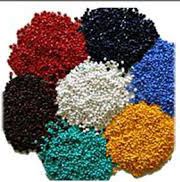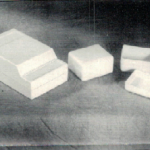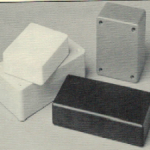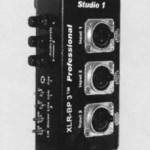What is ABS Plastic?
ABS plastic is a thermoplastic whose name in its entirety is acrylonitrile butadiene styrene. Acrylonitrile is an important compound that is used to create polyacrylonitrile, a plastic that is used to make tents and sails for boats. When its fibers were spun it became one of our first acrylics. Dupont used some of the copolymers to create the fabric called Orlon.
Butadiene is a monomer that results in synthetic rubber. While butadiene alone is so soft it is almost a liquid, when it is combined with other materials, such as styrene or acrylonitrile it becomes more durable and almost elastic in consistency.
And last but not least, styrene, which is an oily liquid that had its origins as the resin that came from trees in Turkey. Although small amounts of styrene can be found in many plants and foods, like cinnamon, it was the Oriental sweetgum trees where it had its beginnings.
What is ABS plastic used for?
While each of the components of ABS plastic add their own level of importance, together they create a product that is flexible and light in weight that can be molded into many items that we use in our everyday lives and a few items that may surprise you.
At Simco ABS is used in the creation of our molded plastics. It is a material that is easy to work with while providing a final product that maintains its shape and is resilient in nature. In addition to molded plastics ABS is used in drain pipe systems and plastic clarinets. It plays a part in piano movements and bumper cars that you see at the county fair. Because of its durability it’s perfect for luggage and many common appliances that you will find in your kitchen.
Next time your child plays with their Lego set you will see one of the more fun (and popular) applications of ABS plastic. When ABS plastic is ground to less than a micrometer it is able to be used as a colorant for some of the inks used in tattoos. If you see someone that has a very vibrant tattoo, it is probably from the inclusion of ABS in its melted state.
Was ABS the culprit?
While the properties of ABS plastic make it one of the most vital substances on the market today, there is one area where it failed miserably. ABS does not fare well in sunlight. Its application in the latches and mechanisms of the seatbelts that were installed in vehicles in 1999 may have caused the most widespread and expensive recall on record in the U.S.
The injected ABS went through the process of photo-oxidative degradation which caused the plastic to become compromised. It was said that the exposure to sunlight caused the mechanisms to fail. But interestingly enough, the debate began that the engineers didn’t make the mechanisms strong enough to withstand the constant opening and closing of the latch. The final results remain inconclusive.
There are so many plastic products that have to endure sunlight and exposure to the elements on a daily basis. For that reason UV absorbers and light stabilizers are added to ABS products to make sure that they provide the durability we have come to know and rely on from this fine line of plastics.







